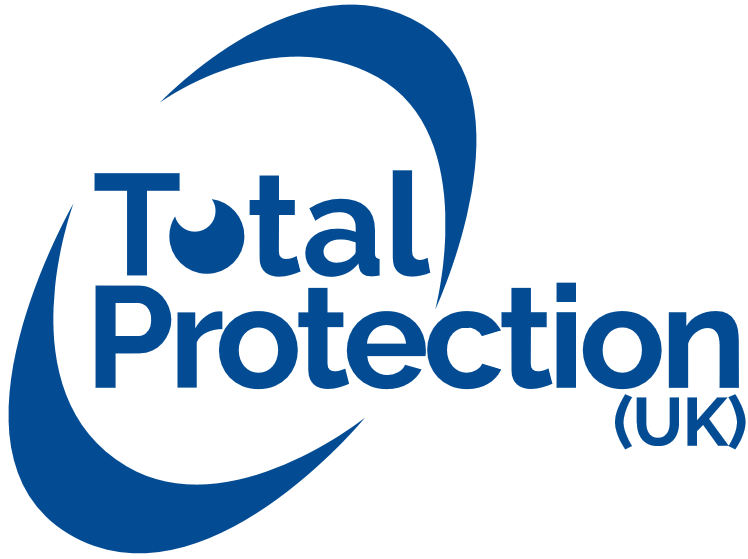
8 Things you (probably) didn’t know about Gas & Gas Detection

Gas can generally be confusing to get your head around (I should know, I have to write about it!) and unless you paid attention in GCSE Science it can easily be misunderstood or even ignored. As I am sure you know, Gases are quite literally all around us and they make up the world we live in today. We’ve trawled the internet to give you “8 Things you didn’t know about Gas” – so you can bore all your friends the next time you see them.
Here they are:
1. Before Monitors had been invented, Canaries were used as a way to detect gas. Canaries are more susceptible than humans to low oxygen (O2), methane (CH4), or Carbon Monoxide (CO) gas and because of this could be utilised in the mining industry. If a Canary passed out, then most likely there were dangerous gas levels present.
2. The word GAS was coined in 1650-60 by J.B. van Helmont, a Flemish chemist who is sometimes considered to be the founder of pneumatic chemistry. It comes from the Greek word for CHAOS.
3. Hydrogen is the lightest, most abundant gas on Earth, whereas Radon is the heaviest.
4. 24% Oxygen levels can cause clothes to spontaneously combust. 20.9% is the optimum level for breathing.
5. Only 1,000 ppm (parts per million) of Hydrogen Sulphide is enough to kill you.
6. The air we breathe is made up of 10 different gases; Nitrogen, Oxygen, Argon, Carbon Dioxide, Neon, Methane, Helium, Krypton, Hydrogen and Xenon.
7. The Ozone layer that protects Earth from the Sun’s damaging UV light is made up of ozone, which is an oxygen allotrope containing 3 oxygen atoms bound together.
8. The first pipelines were built in China in 500 BC. The lines were made out of bamboo and moved gas which was used to make evaporated salt brine.
 [noodle-share icons="icons-small"]
[noodle-share icons="icons-small"] 


